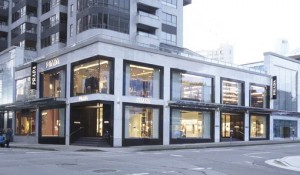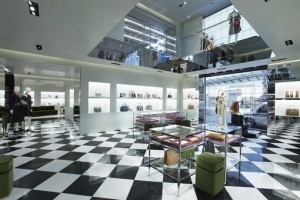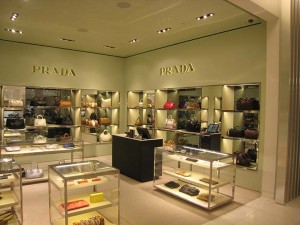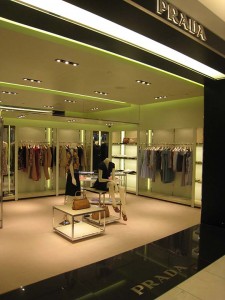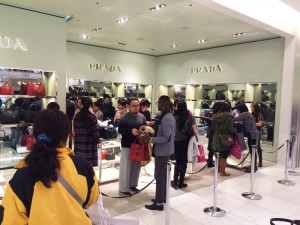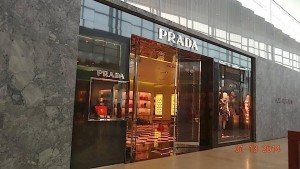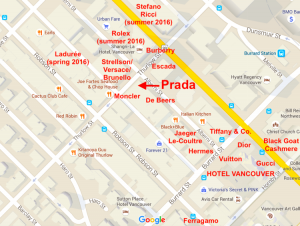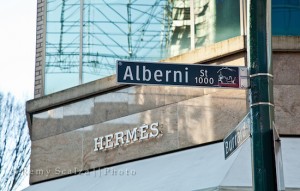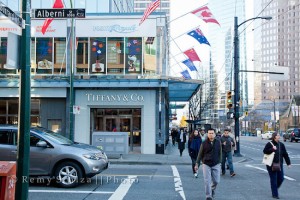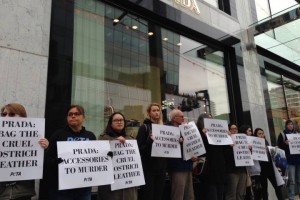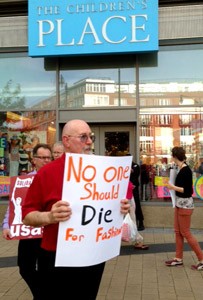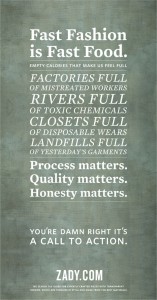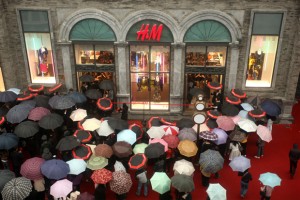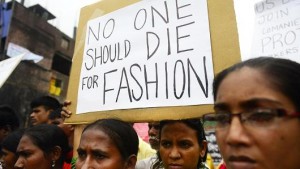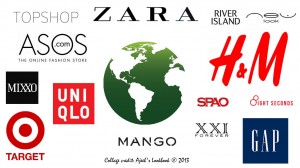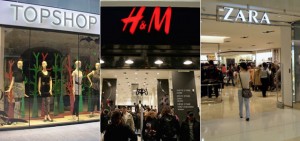Holt Renfrew has revealed new details and renderings for its CF Pacific Centre store in Vancouver. The store is being expanded by about 40,000 square feet, and will be completed in a series of phases over the next few months.
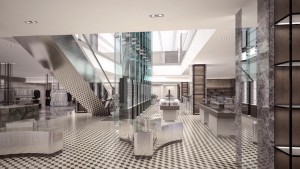
The existing 147,000 square foot Holt Renfrew Vancouver store originally opened in 2007, and it is being enlarged to almost 188,000 square feet by annexing adjacent space formerly occupied by a sports retailer. Many departments will be expanded, with about 80% of the existing store to be renovated. Approximately 80 new positions will be added as a result of the expansion. The store’s women’s leather goods and footwear departments will triple in size, while jewellery will expand by about 50%. The store will feature a new Beauty Lab, Nail Bar and Style Studio in its expanded ground-floor beauty hall.
A new Chanel flagship boutique is currently under construction on the store’s ground floor.
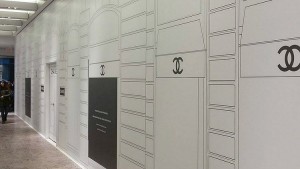
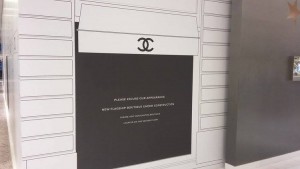
Interestingly, Vancouver’s first freestanding Chanel location opened in 1991 on Burrard Street (now occupied by Coach Burrard Flagship). Several years later Chanel relocated to a 5,000 square foot two level free-standing boutique on West Hastings Street, which closed in the summer of 2010 due to brand’s sustainability and environment concerns, and Chanel decided to open their brand-owned store (concession) within Holt Renfrew to save more costs.
Other luxury shop-in-store leased boutiques set to relocate and expand include Louis Vuitton, Tiffany & Co., David Yurman, Gucci, Prada, Christian Dior, Tom Ford, mii miu and Fendi. The new Fendi boutique will replace Chanel on the store’s third floor with a concession that will feature women’s ready-to-wear and furs. Tom Ford and miu miu are two brand-owned boutiques who first enter Vancouver’s luxury retail market, and Tom Ford will be the first Canadian brand-owned boutique.
Apparently, despite the big renovation for Holt Renfrew itself due to increasing competition such as the new Saks Fifth Avenue and Neiman Marcus Vancouver store would be opened within next fe years, there is a tendency that many luxury brands are willing to open their boutique within the luxury department store, which is the idea of “concession”, in other words concession means the brand-owned, brand-operated leased boutique within one department store. From my point of view, this is an obvious progressive strategy for these high-end brands to become more “green'”, cost-saving and the most important thing is becoming more sustainable to operates their stores as concessions instead of non environmentally-friendly free standing boutiques outside.
